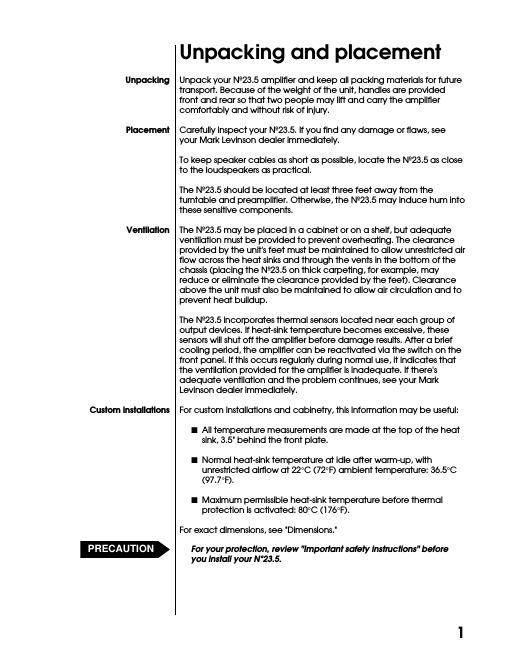Mark levinson no 23 5 owners manual
This is the 16 pages manual for mark levinson no 23 5 owners manual.
Read or download the pdf for free. If you want to contribute, please upload pdfs to audioservicemanuals.wetransfer.com.
Page: 1 / 16
